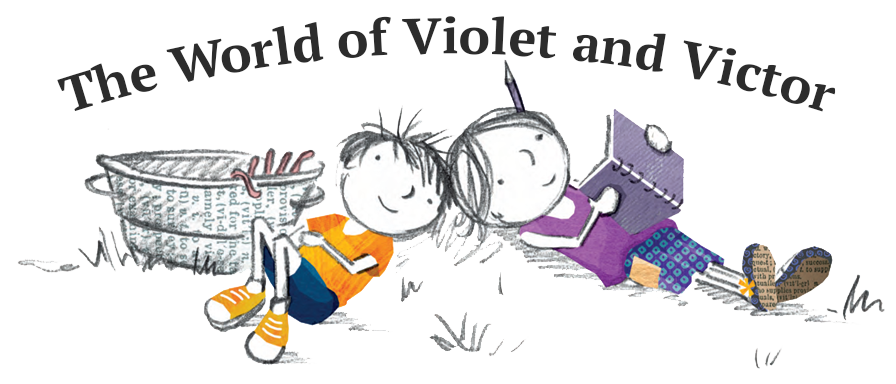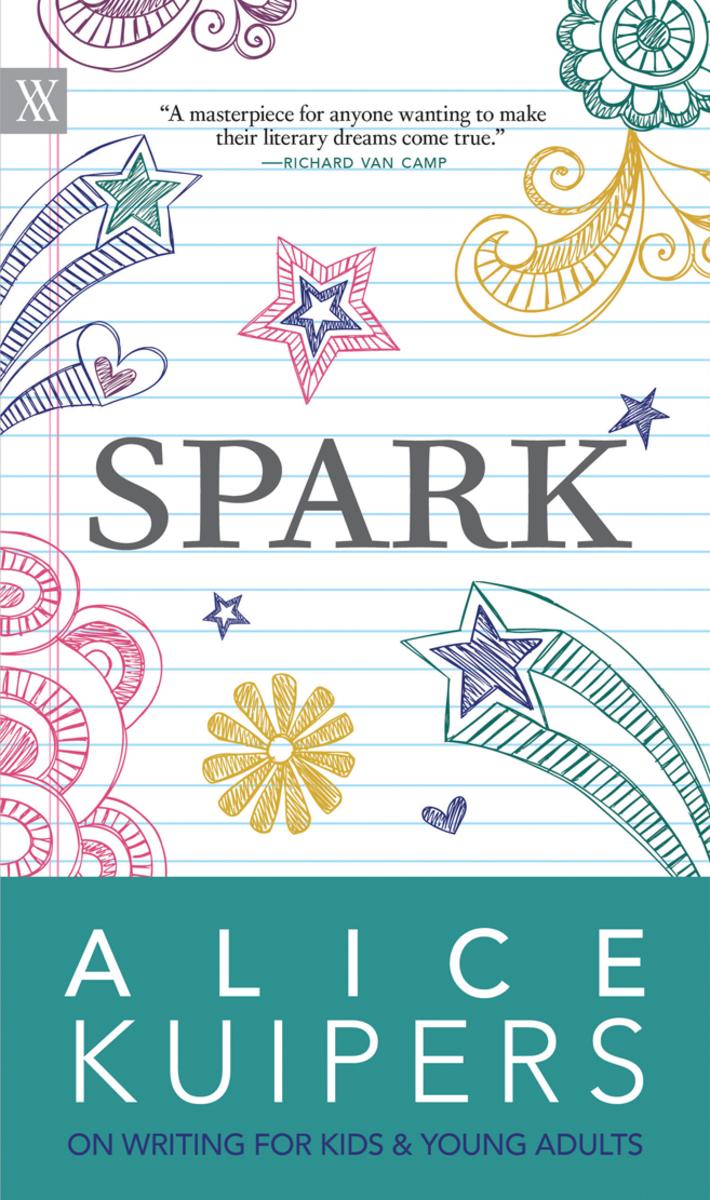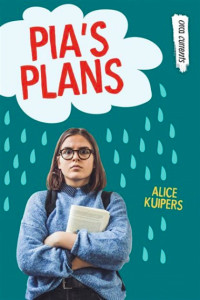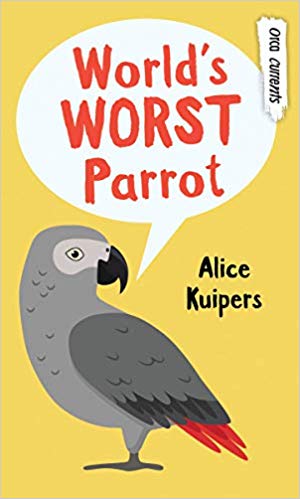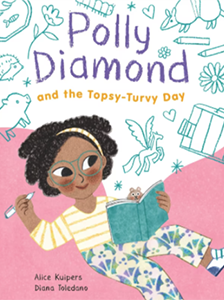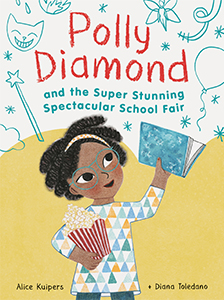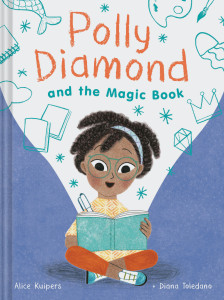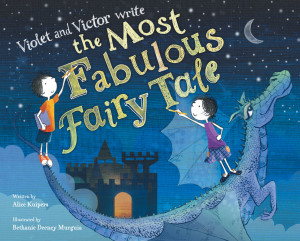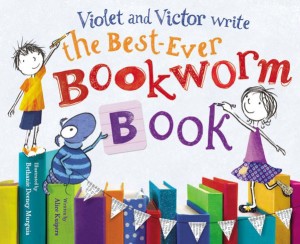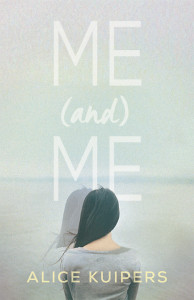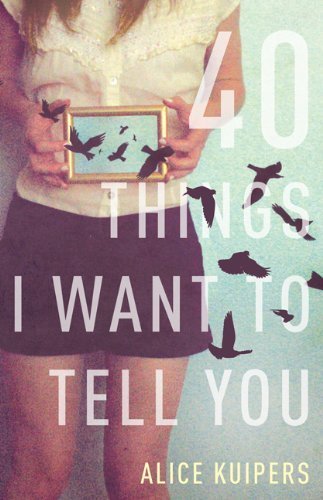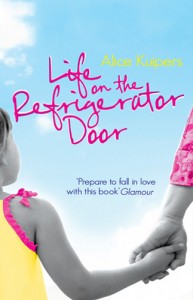Use these seven writing prompts – one each day – and give yourself a seven day writing retreat. Switch off your phone, and remember, you only need fifteen minutes per day to get you writing.
Day One: Tap into your childhood memories. This exercise will open you up to using your own experiences to get writing. Use one of the following three start points and free-write for fifteen minutes (write without stopping or thinking) –
The best day I spent with my grandparent/s
A school outing
A time when I cried
Day Two: Use these three words to sculpt a story or a poem. Remember it doesn’t have to be perfect, but do try and include all three words –
YESTERDAY WATER UNDER
Day Three: Use this fragment of a sentence to start writing – and write at least 250 words. This will help you get words on the page.
It was impossible to open…
Day Four: Read the opening of a novel from your bookshelves or from the library. Use the first paragraph as your start point and write at least 500 words more. This will remind you that reading is always a good way to inspire your writing, and teach you some of the discipline you need to get writing more seriously.
Day Five: That novel or story that’s been burning in your mind is going to see the light of day today. Start writing it – or work on one of the pieces of writing you’ve already done in the last four days and make it longer.
Day Six: Write a list of your writing goals for the next three months. Do you want to finish a short story or a series of poems? Do you want to get a draft of your novel completed? This will help you keep focused when the challenge is over.
Day Seven: Read over everything you’ve written this week. Tidy up spots where you think the writing could be improved; notice sentences and phrases that work really well.
Congratulations on completing a writing week – did you manage to write every day?

